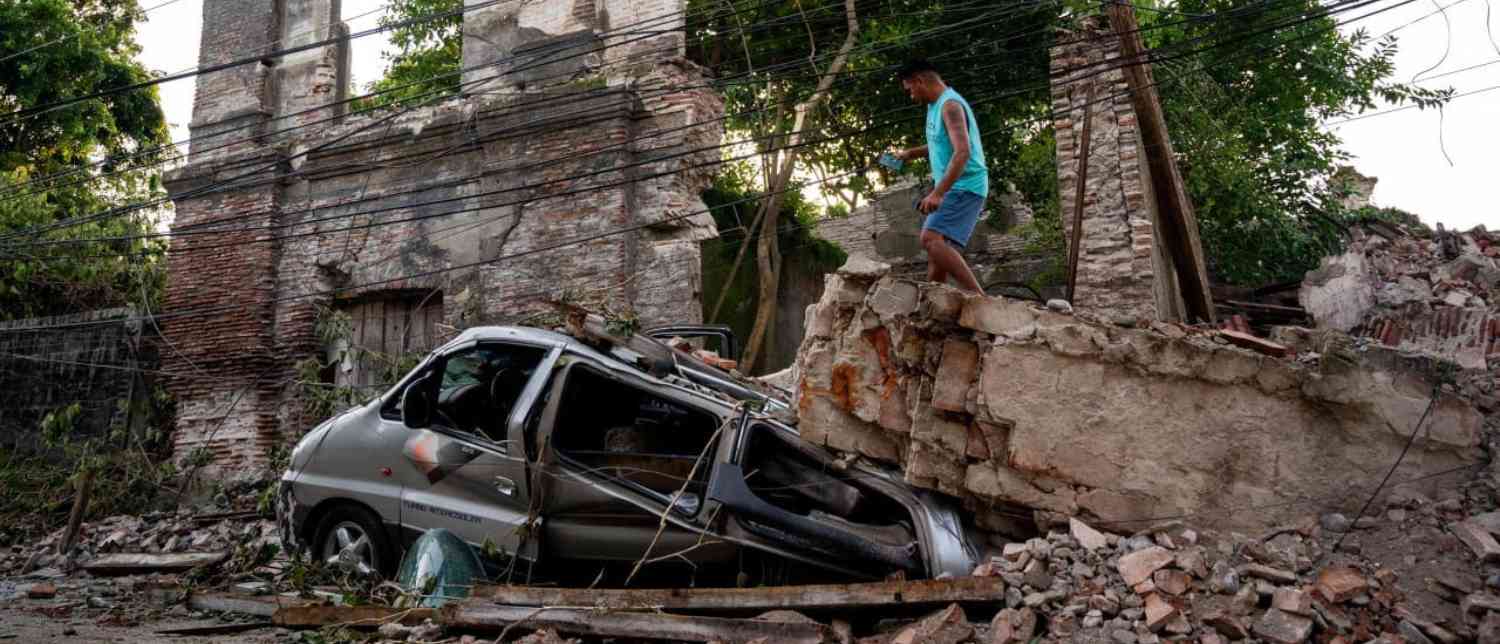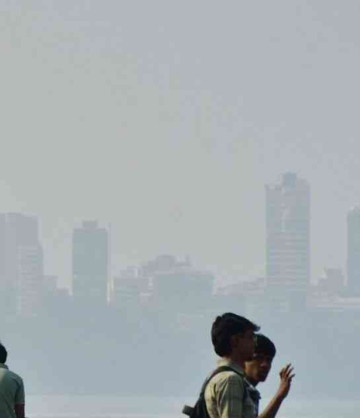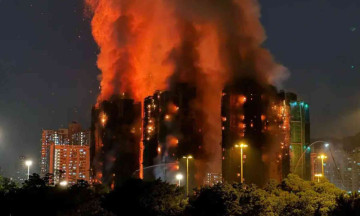A devastating magnitude 6.9 earthquake struck the central Philippine islands late Tuesday night, leaving at least 69 people dead and more than 150 others injured. The disaster, centered off the northern coast of Cebu province near Bogo City, has caused widespread destruction, panic, and aftershocks that continue to hamper rescue efforts.
The earthquake, which hit at approximately 9:59 p.m. local time, was shallow—occurring at a depth of just 5 to 10 kilometers. Shallow quakes are often more destructive, and this one proved no exception. The tremor shook large parts of the Visayas region, knocking down buildings, damaging infrastructure, and sparking fears of a tsunami, although none followed.
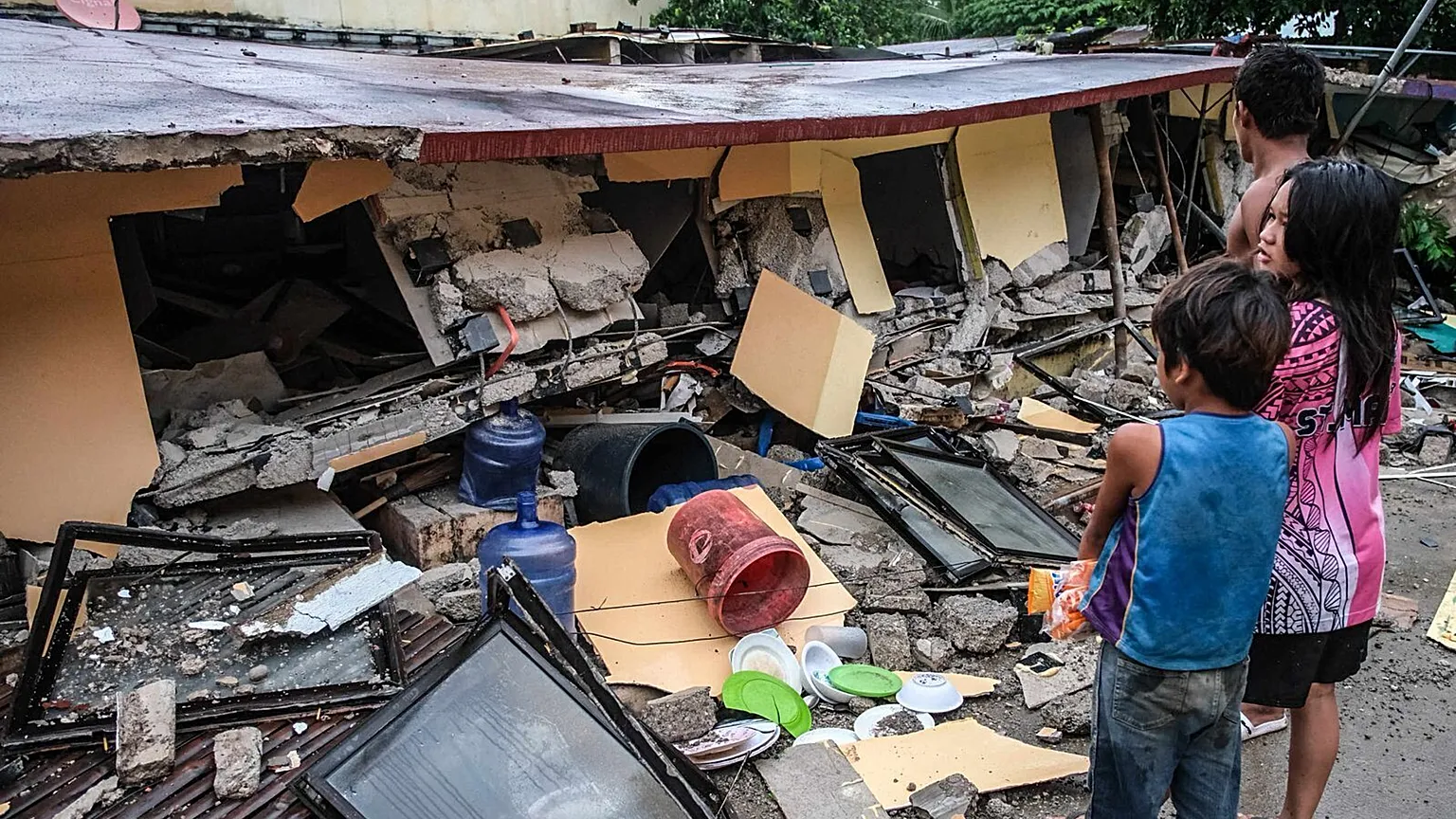
Bogo City: The Epicenter of Tragedy
Bogo City, a coastal community of around 90,000 residents, was the hardest hit. At least 27 fatalities were confirmed there, including nine adults and four children. Hospitals were overwhelmed with the sudden influx of injured survivors, forcing some patients to be treated in makeshift outdoor areas as aftershocks continued to rattle the province.
The destruction in Bogo included the partial collapse of a mall and a sports complex. A basketball game turned tragic when the venue’s ceiling gave way, killing and injuring spectators. A fast-food restaurant also sustained severe structural damage, further underscoring the quake’s intensity.
Nearby towns were not spared. In Medellin, 12 people were reported dead after ceilings and walls from homes and buildings came crashing down. In San Remigio, five people—including a child—lost their lives while fleeing, when collapsing walls struck them. These tragedies highlight how the earthquake’s sudden violence left people with little time to escape.
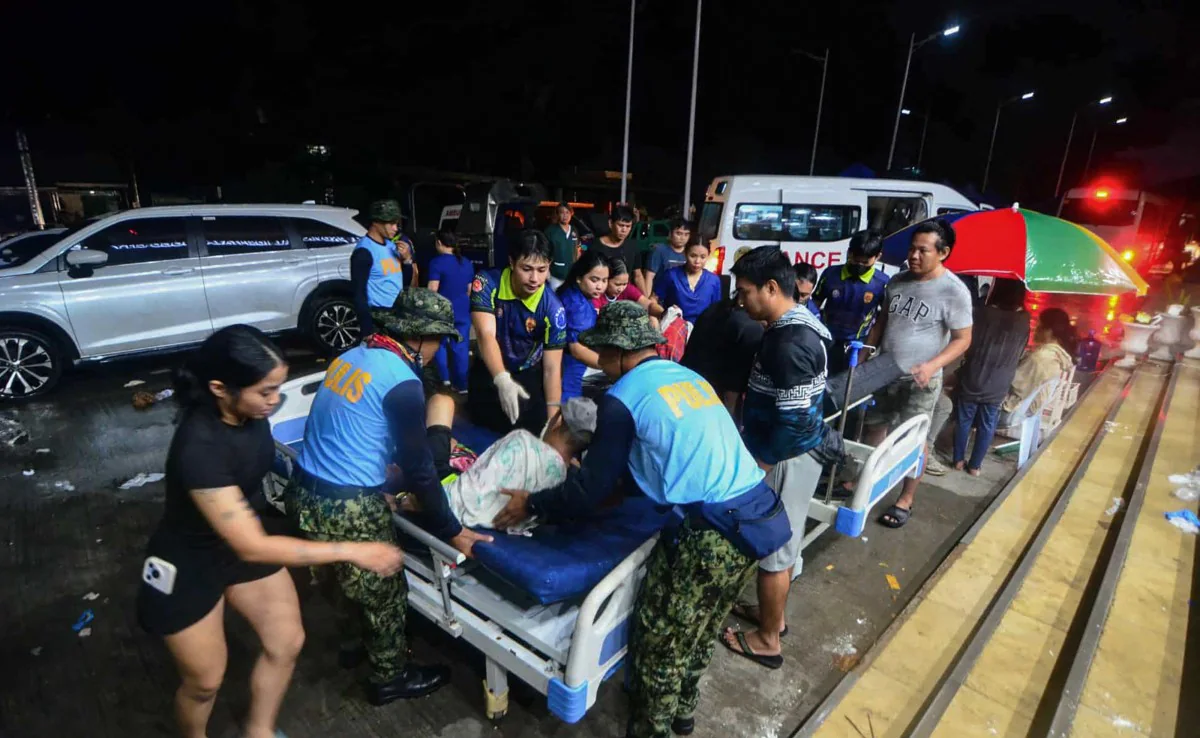
Historic Churches Reduced to Rubble
Among the worst cultural losses was the destruction of centuries-old churches that had stood as landmarks for generations. The St. Peter and Paul Church on Bantayan Island suffered heavy damage, while the historic Parish of Saint Peter the Apostle in Bantayan crumbled during the tremors. Videos shared on social media captured the terrifying moments: decorative lights swinging wildly, panicked screams filling the air, and then parts of the church collapsing.
For a country where churches serve not only as places of worship but also as historical and cultural anchors, these losses weigh heavily on the nation’s spirit.
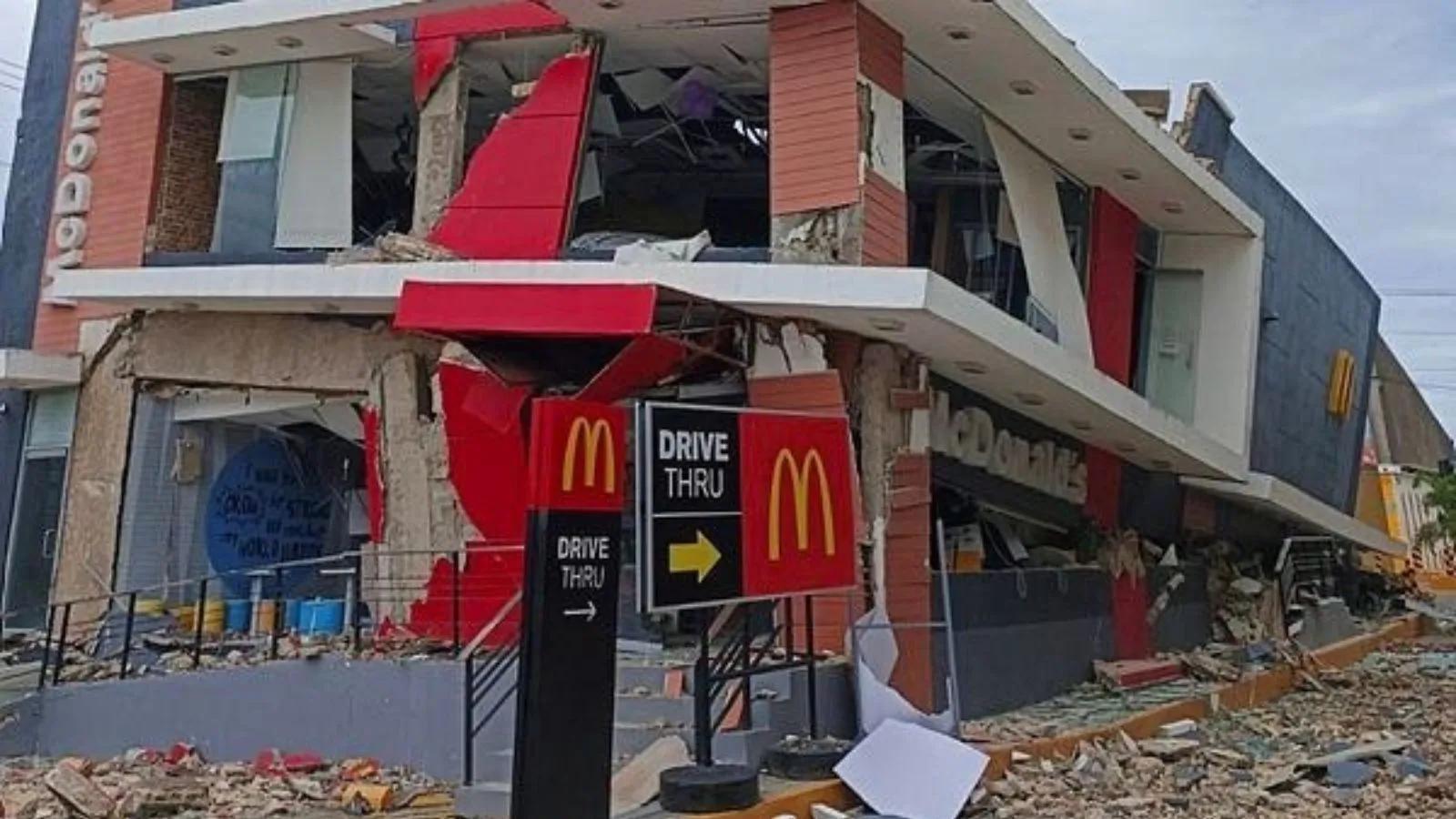
Over 600 Aftershocks Complicate Rescue Efforts
By midday Wednesday, authorities had recorded more than 600 aftershocks. These smaller but frequent quakes made rescue operations even more dangerous and slowed down the retrieval of survivors trapped in debris. Glenn Ursal, a disaster-mitigation officer, said rescuers faced extreme challenges in reaching a mountain village in Bogo because landslides and massive boulders had blocked the road. “It’s hard to move in the area because there are hazards,” he explained.
The “golden hour”—the crucial first 24 hours after a quake, when the chances of saving lives are highest—was slipping away as rescuers battled both time and terrain.
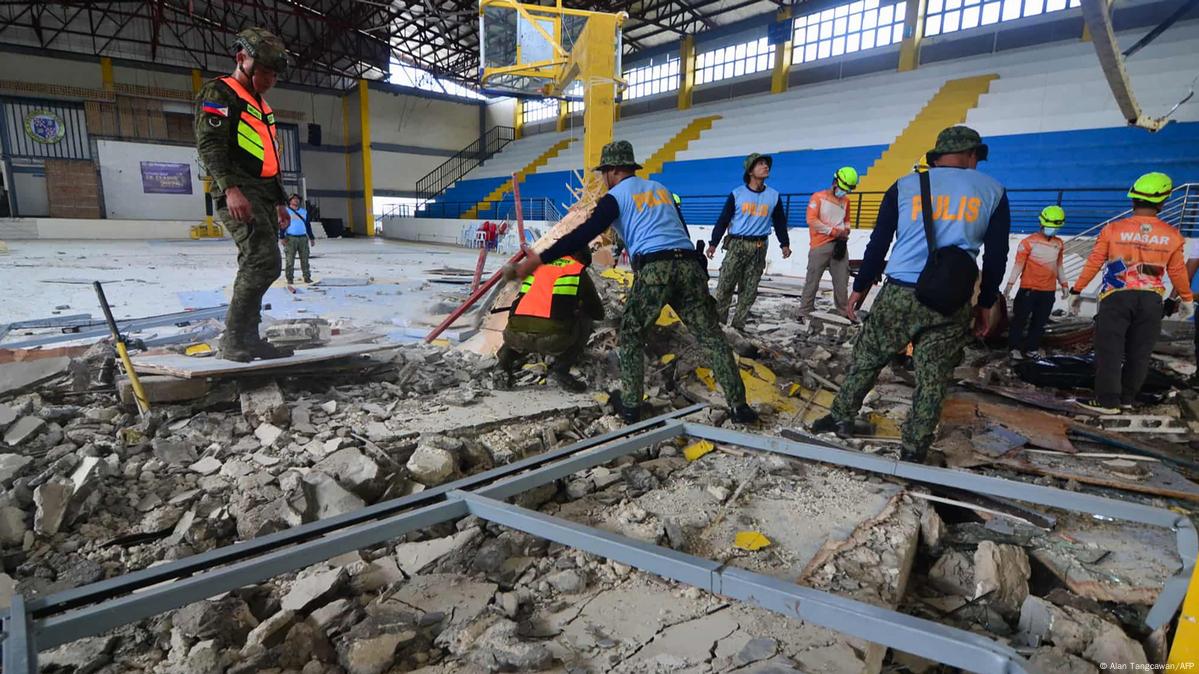
Casualties and Worsening Humanitarian Crisis
As of the latest updates, at least 69 deaths had been confirmed, though officials fear the toll could rise. Over 150 people have been reported injured, and authorities warned that many more may still be trapped under rubble. Cebu governor Pamela Baricuatro said, “It could be worse than we think. The actual situation will not be known until daytime.”
Hospitals across the province, already strained, were pushed beyond capacity. Power and water supply disruptions deepened the crisis, leaving thousands of families vulnerable. Emergency shelters quickly filled, and schools in several towns suspended classes for safety.
Meanwhile, reports described the grim sight of workers carrying dozens of body bags away from collapsed structures. With roads cracked and many buildings destroyed, communities struggled to restore even the most basic services.
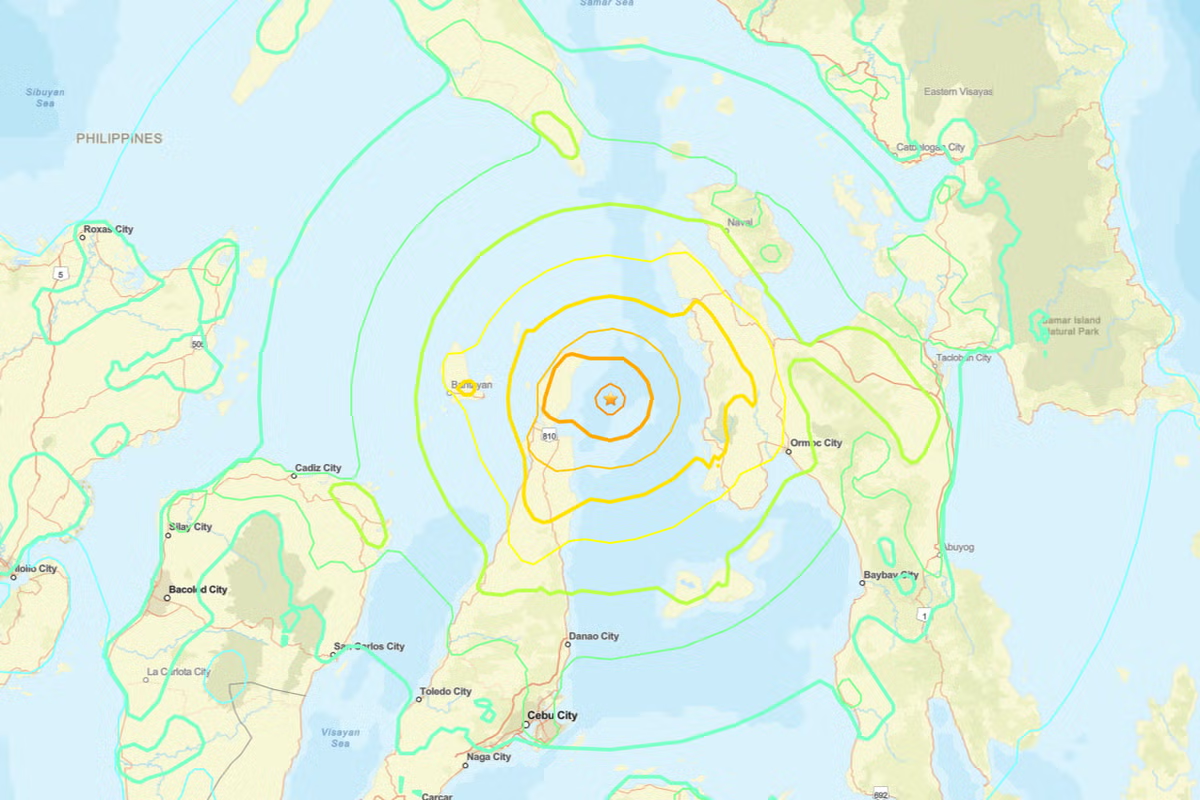
Initial Tsunami Warning and Fears
The Philippine Institute of Volcanology and Seismology (Phivolcs) initially raised a tsunami warning, urging residents in Cebu and nearby provinces, including Leyte and Biliran, to stay away from coastlines. Panic spread as people rushed to higher ground. Hours later, the warning was lifted when it became clear that no abnormal waves were generated.
The United States Geological Survey (USGS) confirmed the quake’s depth at around 10 kilometers, while Phivolcs initially measured the quake at magnitude 7.0 before revising it to 6.9.
Recent Storm Made Disaster Worse
The earthquake’s devastation comes just days after a deadly storm struck Cebu on Friday, claiming 27 lives and forcing tens of thousands to evacuate. That disaster had already weakened infrastructure, disrupted power, and stretched resources. The combination of storm damage and a powerful earthquake has created a compounded humanitarian crisis for the region.
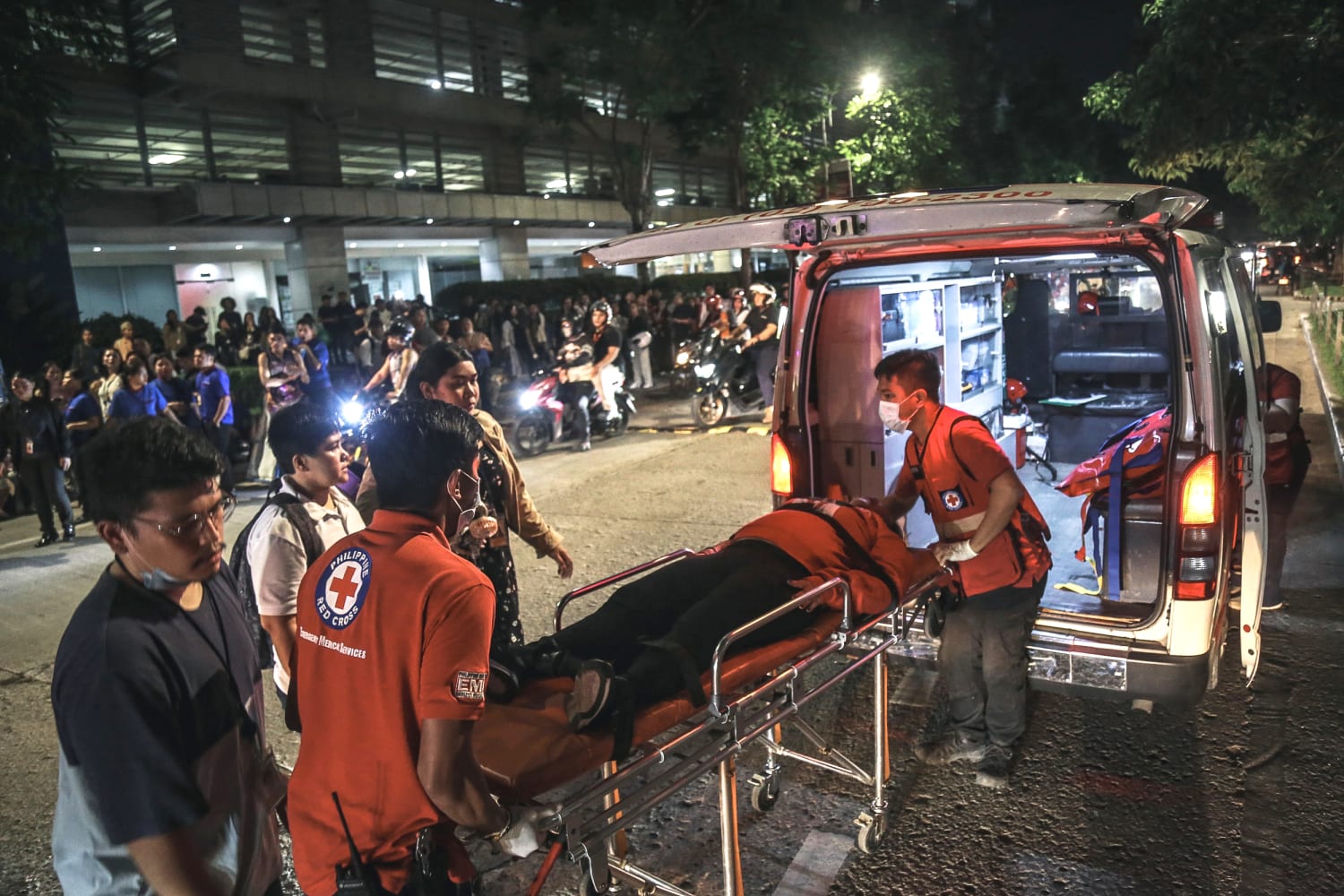
Why the Philippines Shakes: Tectonic Roots of Disaster
The Philippines sits in one of the most seismically volatile regions on the planet—the Pacific “Ring of Fire.” This horseshoe-shaped belt is notorious for frequent earthquakes and volcanic eruptions, caused by the movement of tectonic plates.
Beneath the central Philippines, two powerful geological forces collide:
-
The Philippine Sea Plate, sliding beneath the Philippine Microplate along the Philippine Trench to the east.
-
The Eurasian (Sunda) Plate, moving under the islands along the Manila and Negros Trenches to the west.
This creates what experts call a “double subduction zone,” where stress builds up at multiple fault lines. The shallow local fault that ruptured on Tuesday night is believed to have been triggered by the accumulated strain of these plate movements.
Phivolcs scientists explained that this dynamic tectonic setting makes the Philippines one of the most earthquake-prone nations in the world. Earthquakes like this one are stark reminders of the immense forces constantly reshaping the archipelago beneath its surface.
Moving Forward Amid Uncertainty
As the Philippines mourns the victims of this powerful quake, rescue workers, military forces, and civilian volunteers continue the grueling task of searching through rubble for survivors. Families are grieving, communities are displaced, and historic landmarks have been reduced to ruins.
The death toll may rise further in the coming days, but what remains certain is that the people of Cebu and the surrounding provinces are facing one of the most challenging crises in recent years—struggling to recover from a deadly storm, only to be struck by a catastrophic earthquake days later.
For now, officials continue to urge calm and vigilance. With hundreds of aftershocks and damaged infrastructure, safety remains the top priority as the Philippines once again demonstrates its resilience in the face of natural disasters.
With inputs from agencies
Image Source: Multiple agencies
© Copyright 2025. All Rights Reserved. Powered by Vygr Media.

